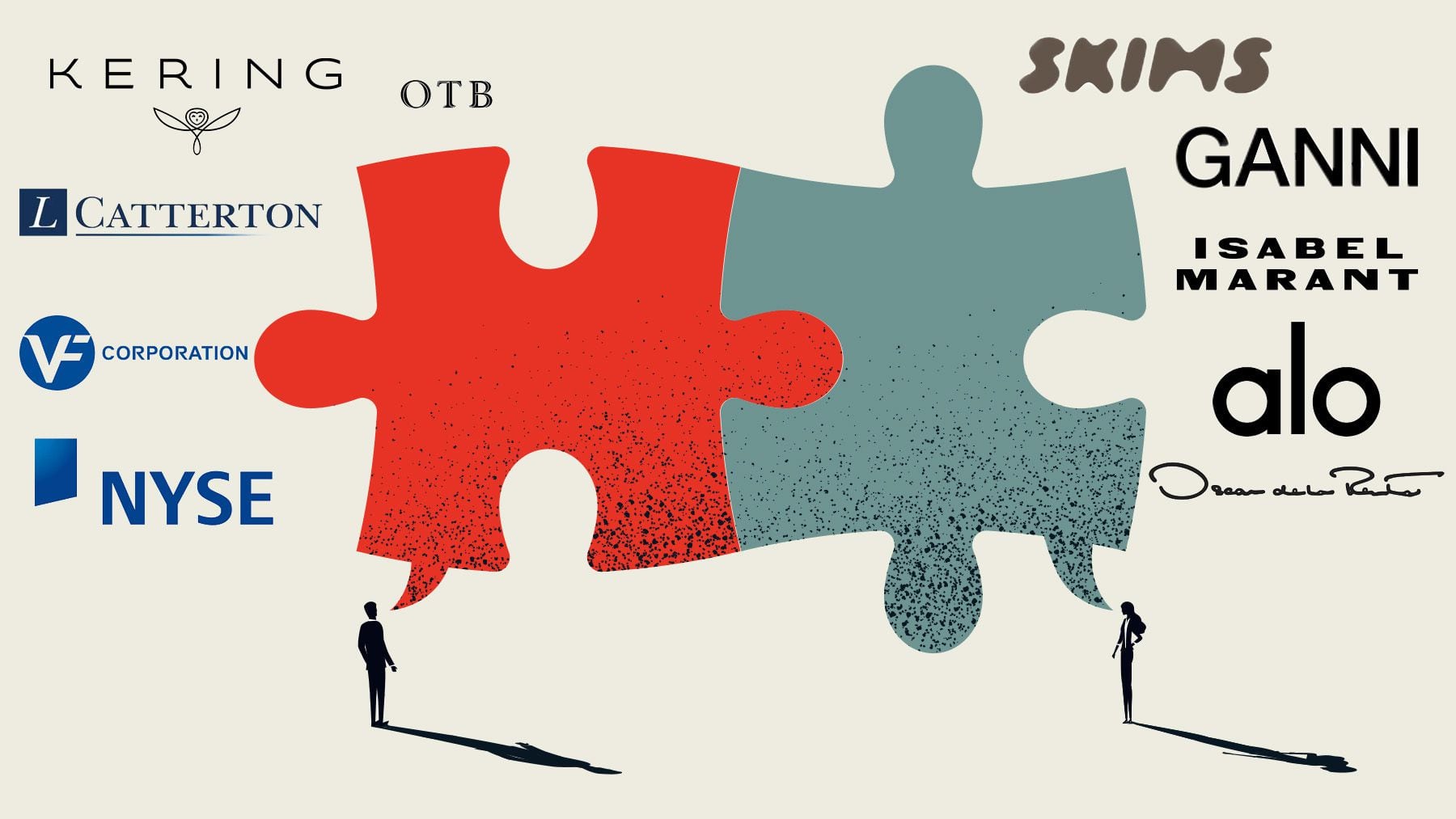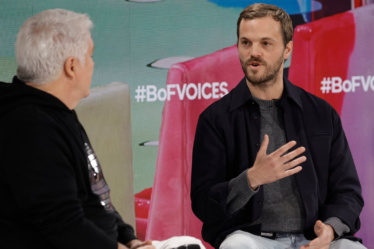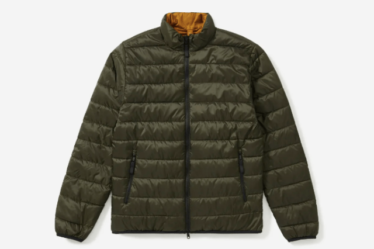
When Milan-based private equity firm Styles Capital announced it acquired the sneaker brand Autry earlier this month, it seemed to signal a reawakening of fashion’s deal market.
Styles Capital paid about €300 million ($327 million) for 50.2 percent of Autry, valuing the company at an impressive six times its sales last year. It wasn’t quite the sort of valuation a hot direct-to-consumer brand might have commanded at the height of the boom – Allbirds’ market capitalisation of $4 billion following its 2021 IPO was roughly 15 times its annual revenue at the time. But it was a surprising splash of good news amid a drought in fashion dealmaking.
Today, there are a number of brands on the auction block, but few interested buyers. Last year, there were 118 acquisitions globally in the category, the lowest count in at least a decade, according to Dealogic. Ganni, A.L.C., Proenza Schouler and Isabel Marant are just some of the brands that have courted buyers or investors in recent years without securing a deal. It’s not just contemporary and luxury labels facing an uphill (though not impossible) climb to seal the deal; the activewear brand Alo Yoga and t-shirt start-up True Classic are among the direct-to-consumer brands currently in the market.
Unfortunately for them, the Autry deal and its revenue-based valuation was the exception that proves the rule, investment bankers and investors with expertise in the fashion space said. When offers are made, they are more likely to follow the more conservative measure of multiples of EBITDA, or earnings before interest, tax, depreciation and amortisation.
The author has shared a Flourish data chart.You will need to accept and consent to the use of cookies and similar technologies by our third-party partners (including: YouTube, Instagram or Twitter), in order to view embedded content in this article and others you may visit in future.
Last month, Rag & Bone was acquired by a joint venture between Guess Inc. and brand management firm WHP Global. Guess will pay $56.5 million for its half, which values the brand at $113 million — about six times Rag & Bone’s adjusted EBITDA of $18 million in 2023, but just under half its 2023 sales of $250 million. Or take True Religion, which is currently exploring a sale. With about $80 million in annual EBITDA, it can feasibly sell for $400 million to $600 million, according to a source familiar with the business. If, that is, it can find a buyer in the first place.
Those are the lucky ones, in a sense. Last year, Parade and Tamara Mellon were acquired by manufacturers in what bankers said were likely fire sales last year; sleepwear startup Lunya filed for chapter 11 bankruptcy in June.
“It’s the absolute worst time to sell right now,” said Elsa Berry, founder of Vendôme Global Partners, a fashion M&A advisory firm. “It’s impossible to say where the buyers are … And you’re not going to get a top price unless you are an exceptional brand.”
Today’s market is a return to a sleepier era, before the days of ZIRP, or zero interest rate policy, a period lasting roughly between 2008 and 2021, when central banks globally slashed borrowing costs as a form of economic stimulus. Investors and large companies borrowed billions of dollars, which they poured into fast-growing, often unprofitable brands, such as Allbirds, or retail start-ups like Farfetch and The RealReal, in the hopes of generating big returns down the line as those businesses matured.
Many of those investments did not pan out. Allbirds’ market capitalisation currently hovers around $100 million.
Founders and investors who came of age during the ZIRP days are confronting a harsh reality where the paths to an exit are mostly blocked. On the public markets, even growing, profitable companies like Birkenstock and Amer Sports have failed to command premium valuations, which has had a mirroring effect on valuations in the private market too, bankers said.
For brands the options are stark: accept a lower price and a wider potential pool of buyers, or wait and hope today’s market conditions are temporary, and not the new norm.
“Two years of the pandemic followed by the last 18 months of a reset in the global economy has changed a lot of the calculus of how we start getting liquidity in our portfolio,” said Bill Detwiler, managing partner at Fernbrook Capital Management, an early-stage investment firm that has purchased stakes in Tory Burch, La Ligne and Universal Standard. “We feel that the [market] will open up once we get the election out of the way and interest rates come down.”
The fashion M&A space can quickly shut down in challenging times because the category is particularly vulnerable to shifts in the wider economy. Brands that appeared to be cruising to a multi-billion-dollar exit can suddenly lose momentum if trends shift, or price-conscious consumers pull back on discretionary spending. Case in point is Matchesfashion, which was acquired by private equity giant Apax Partners in 2017 for over $1 billion, and sold late last year to Frasers Group for £52 million ($63 million), amid a broader slowdown in online luxury spending.
Matt Leeds, a former partner at L Catterton who launched his own private equity fund, Forward Consumer Partners, last year, said he sets an especially high bar when considering investing in an apparel brand, as opposed to food or other categories. Start-ups that might have a few years of rapid growth, and zero profits, need not apply.
“I would be interested in brands with a proven track record of success over decades and are still relevant today,” he said.
Tapestry’s $8.5 billion blockbuster acquisition of Michael Kors-owner Capri Holdings is a prime example of this thesis in action. Capri’s brands, which also include Versace and Jimmy Choo, have struggled to resonate with consumers in recent years, their name recognition has the potential for massive scale under the right management.
Higher borrowing costs and unpredictable consumer spending have also kept large retail holding groups on the sidelines. VF Corp. has historically grown through acquisitions of hot brands like Supreme; now it’s looking to sell some assets. Kering, which bought a stake in Valentino last year, as well as the fragrance brand Creed, is also unlikely to add to its portfolio in the near term as it integrates those acquisitions and focuses on reviving Gucci, said Berry of Vendôme Global Partners.
Other luxury groups may be distracted by new dynamics in the sector, such as challenges around wholesale, as well as a volatile macroeconomic environment, she added. Some houses in healthier positions have other priorities; Puig, for instance, is preparing for an upcoming IPO.
“I don’t think there is a large number of strategic buyers in the short term,” Berry added. “But of course LVMH can always make a move, given their sheer scale and diverse businesses.”
Well-run, appealing brands will still find buyers at premium valuations.
A buzzy business that’s growing both in terms of sales and profitability can command EBITDA multiples of 12 to 15 in their valuations, according to Matthew Tingler, managing director at Baird’s consumer investment banking group. Larger brands showing growth, profitability and a strong brand DNA across multiple geographies and product categories can be valued at mid-teen multiples of EBITDA or higher, said Berry.
At brands with major cultural heat, topline growth can still be an important metric when it comes to formulating valuations, Tingler said. For those lucky few, the sky’s still the limit.
Alo Yoga was reportedly seeking new investment at a $10 billion valuation last fall, almost certainly at a higher ratio to EBITDA than publicly traded category leader Lululemon merits. While it remains to be seen if the brand will hit its target, Alo’s faster growth should allow it to command higher multiples, Tingler said.
The same goes for Skims, which was valued at $4 billion last year on estimated annual sales of $750 million and 27 times its EBITDA; it’s an unusually high multiple, but still possible in today’s environment — that is, if you’re Skims.
Skims aside, most brands have little choice but to harness a sense of financial discipline: Operate a lean business and generate cash flow to fund capital expenditures. If possible, brands should tap into their base of existing investors for necessary cash infusions.
“If someone is selling today, it’s either because they’re distressed, or their investor wants to get out and doesn’t want to keep putting money in,” Berry said.
For the most part, dealmakers don’t anticipate current market conditions to change anytime soon.
“The investment climate will stay the same,” said Tingler of Baird. “For [valuations] to go up again, interest rates will have to go down and there needs to be a more peaceful geopolitical environment. I don’t think it will change anytime soon.”
But being forced to run a scrappy business isn’t a bad thing. A high profit margin, after all, will be a major asset for fundraising or acquisitions down the road. And the more investors a business takes on, the fewer exit options there are, according to Jenny Gyllander, a venture capital veteran and founder of Thingtesting, an online platform for discovering online brands. Not to mention, diluted equity.
“People have been unable to raise funds for a while now, and that’s pushed them to be really creative,” Gyllander said. “Everyone’s now like, ‘Let’s be profitable from day one,’ and they want to be in control of how they’re growing.”



